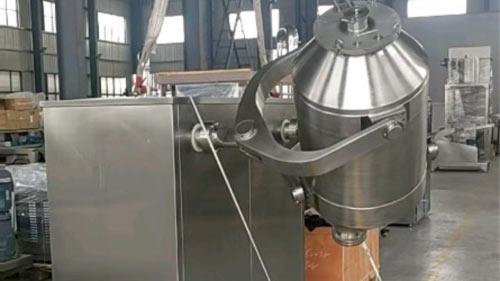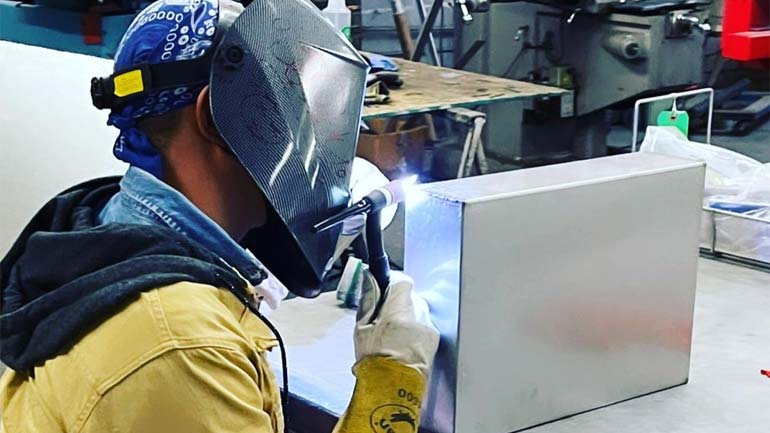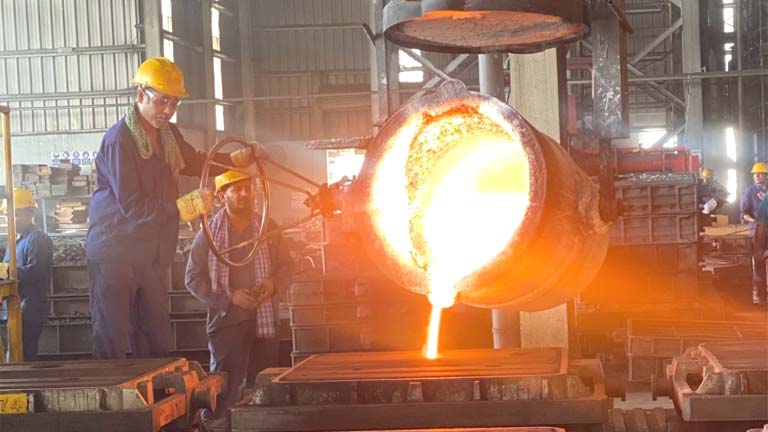
When it comes to industrial processes, whether you are in the food and beverage industry, pharmaceuticals, chemicals, or any other sector, efficient mixing is essential. In this guide, we will walk you through the essential factors to consider when selecting industrial mixing equipment.
Understanding Your Mixing Needs
Before you start shopping for the best industrial mixing equipment, it is crucial to understand your specific mixing needs. Every industry and application has unique requirements, and the right equipment will depend on factors such as:
1. Mixing Volume
Consider the volume of materials you will be mixing on a regular basis. Are you mixing small batches or large quantities? Knowing your mixing volume will help you determine the size and capacity of the equipment you need.
2. Mixing Speed
The speed at which you need to mix your materials matters. Some applications require slow and gentle mixing, while others need high-speed agitation. Ensure that the equipment you choose can operate at the required speed for your process.
3. Mixing Method
Different mixing methods are suitable for various applications. Common mixing methods include blending, dispersion, emulsification, and homogenization. Identify the mixing method that aligns with your production goals.
4. Material Compatibility
Consider the materials you’ll be working with. Some substances may be corrosive, abrasive, or reactive. Ensure that the equipment you choose is compatible with the materials you’ll be mixing to prevent damage and contamination.
5. Temperature and Pressure
Certain processes may require mixing at specific temperatures or under pressure. Make sure the equipment you select can handle the temperature and pressure conditions of your application.
6. Mixing Time
How long will your mixing process take? Some equipment may be better suited for continuous mixing, while others are designed for batch processing. Your mixing time requirements will help determine the type of equipment you need.
7. Space and Installation
Consider the available space in your facility and the installation requirements of the equipment. Ensure that the chosen equipment fits within your workspace and can be installed without major modifications.
Types of Industrial Mixing Equipment
Now that you have a clear understanding of your mixing needs, let’s explore the different types of industrial mixing equipment available:
1. Mixers and Agitators
Mixers and agitators are versatile and commonly used in various industries. They come in different configurations, including:
- Batch Mixers: Ideal for small to medium-sized batches.
- Continuous Mixers: Suitable for continuous processing.
- Top-Entry Mixers: Used for blending and agitation in tanks.
- Bottom-Entry Mixers: Effective for mixing heavy or high-viscosity materials.
- Inline Mixers: Perfect for inline mixing and homogenization.
- Choose the type of mixer or agitator that best matches your mixing method and volume requirements.
2. Blenders
Blenders are excellent for achieving uniformity in dry blending applications. They come in different styles, such as ribbon blenders, paddle blenders, and tumble blenders. Select the blender type that suits your material characteristics and mixing volume.
3. Homogenizers
Homogenizers are designed to break down particles and create a consistent mixture. They are commonly used in industries like food and pharmaceuticals. High-pressure homogenizers are suitable for achieving fine emulsions and particle size reduction.
4. Emulsifiers
Emulsifiers are specialized equipment used for creating stable emulsions. They are essential in industries like cosmetics, food, and pharmaceuticals, where consistent texture and appearance are critical.
5. Paddle Mixers
Paddle mixers are used for blending dry and low-viscosity materials. They are especially effective for mixing powders and granules.
6. Planetary Mixers
Planetary mixers are ideal for applications that require thorough mixing and kneading. They are commonly used in bakeries and confectionery production.
7. High-Shear Mixers
High-shear mixers are capable of handling high-viscosity materials and achieving fine particle size reduction. They are essential in industries like cosmetics, adhesives, and pharmaceuticals.
Factors to Consider When Choosing Industrial Mixing Equipment
Now that you’re familiar with the types of industrial mixing equipment available, let’s delve deeper into the factors to consider when making your selection:
1. Material Compatibility
Ensure that the equipment you choose is compatible with the materials you’ll be mixing. This includes considering the material’s chemical composition, viscosity, and potential reactivity. The wrong choice can lead to equipment corrosion, contamination, or inefficiency.
2. Mixing Efficiency
Efficiency matters. Look for equipment that can achieve the desired level of mixing efficiency for your application. Factors like impeller design, mixing speed, and power consumption play a role in determining efficiency.
3. Maintenance Requirements
Consider the ease of maintenance when selecting mixing equipment. Equipment with easily accessible parts and minimal downtime for maintenance is preferable.
4. Cost
Your budget is a significant factor in your decision-making process. However, it’s crucial not to compromise on quality for the sake of cost savings. Invest in reliable equipment that meets your needs and offers a reasonable return on investment.
5. Energy Efficiency
Energy costs can add up, especially for equipment that runs continuously. Look for energy-efficient mixing equipment that can help you reduce operational expenses in the long run.
6. Space Constraints
If space is limited in your facility, consider compact or vertically integrated equipment that can fit within your available workspace.
7. Regulatory Compliance
Depending on your industry, you may need to adhere to specific regulations and standards. Ensure that the chosen equipment complies with these requirements to avoid potential legal issues.
Case Studies: Real-World Applications
To help you understand the practical aspects of selecting best industrial mixing equipment, let’s explore a couple of case studies from different industries:
Case Study 1: Food Processing
Imagine you’re in the food processing industry, and your goal is to mix ingredients for a new line of delicious sauces. Your primary considerations would be:
- Material Compatibility: The sauces may contain acidic ingredients, so you need mixing equipment that can handle corrosive materials.
- Mixing Efficiency: To ensure consistent flavor and texture, you’ll require a high mixing efficiency.
- Regulatory Compliance: Food processing equipment must meet strict hygiene and safety standards.
In this case, a high-shear mixer with stainless steel construction may be the ideal choice. Its robust build can withstand acidic ingredients, and its high-speed operation ensures thorough mixing. Plus, it complies with food safety regulations, making it a suitable option for your application.
Case Study 2: Pharmaceutical Production
Now, let’s shift our focus to pharmaceutical production, where precision and sterility are paramount. Suppose you need to mix active pharmaceutical ingredients (APIs) with excipients for tablet manufacturing. Your considerations would include:
- Material Compatibility: APIs are sensitive substances, so you need equipment that prevents contamination and maintains sterility.
- Mixing Efficiency: Accurate and consistent mixing is crucial for dosage uniformity.
- Regulatory Compliance: The pharmaceutical industry has strict regulations for equipment validation and compliance.
In this scenario, a high-pressure homogenizer with aseptic design features might be the best choice. It can handle sensitive materials while maintaining sterility throughout the process. Additionally, it meets the stringent requirements of the pharmaceutical industry.
Conclusion
Selecting the right industrial mixing equipment is a crucial step in ensuring product quality and process efficiency in various industries. So, go ahead, choose wisely, and mix your way to success!




